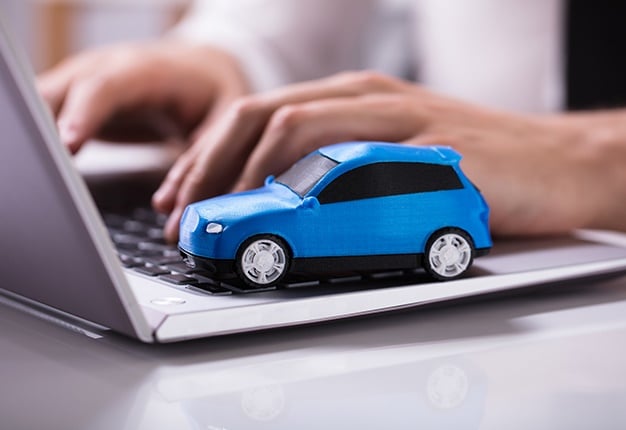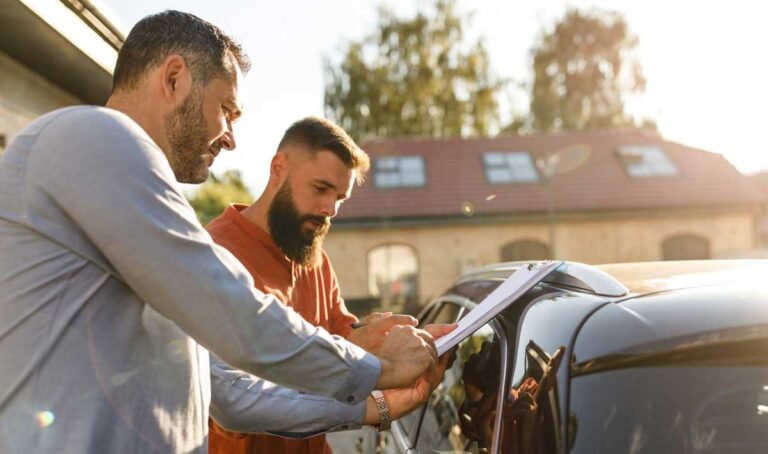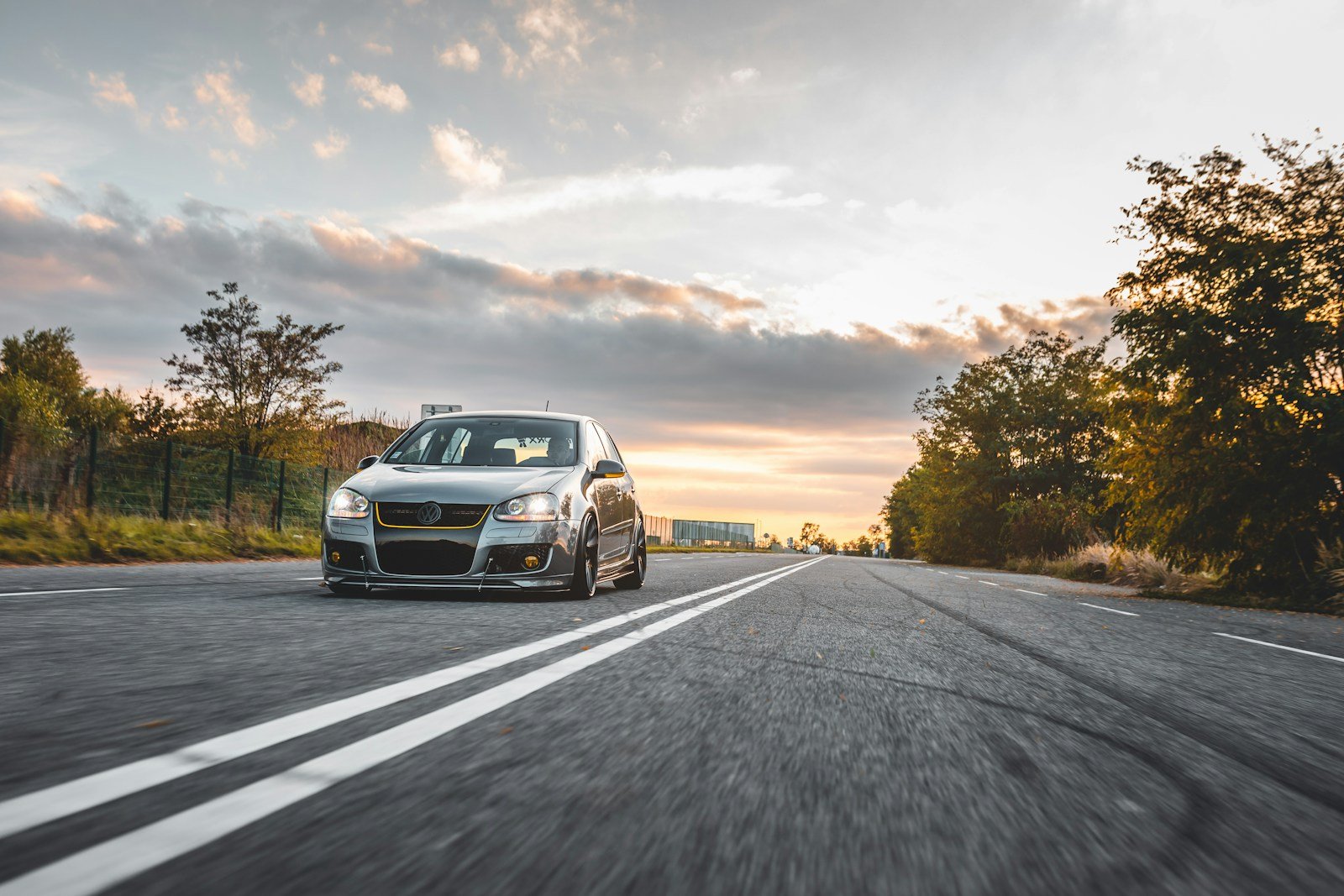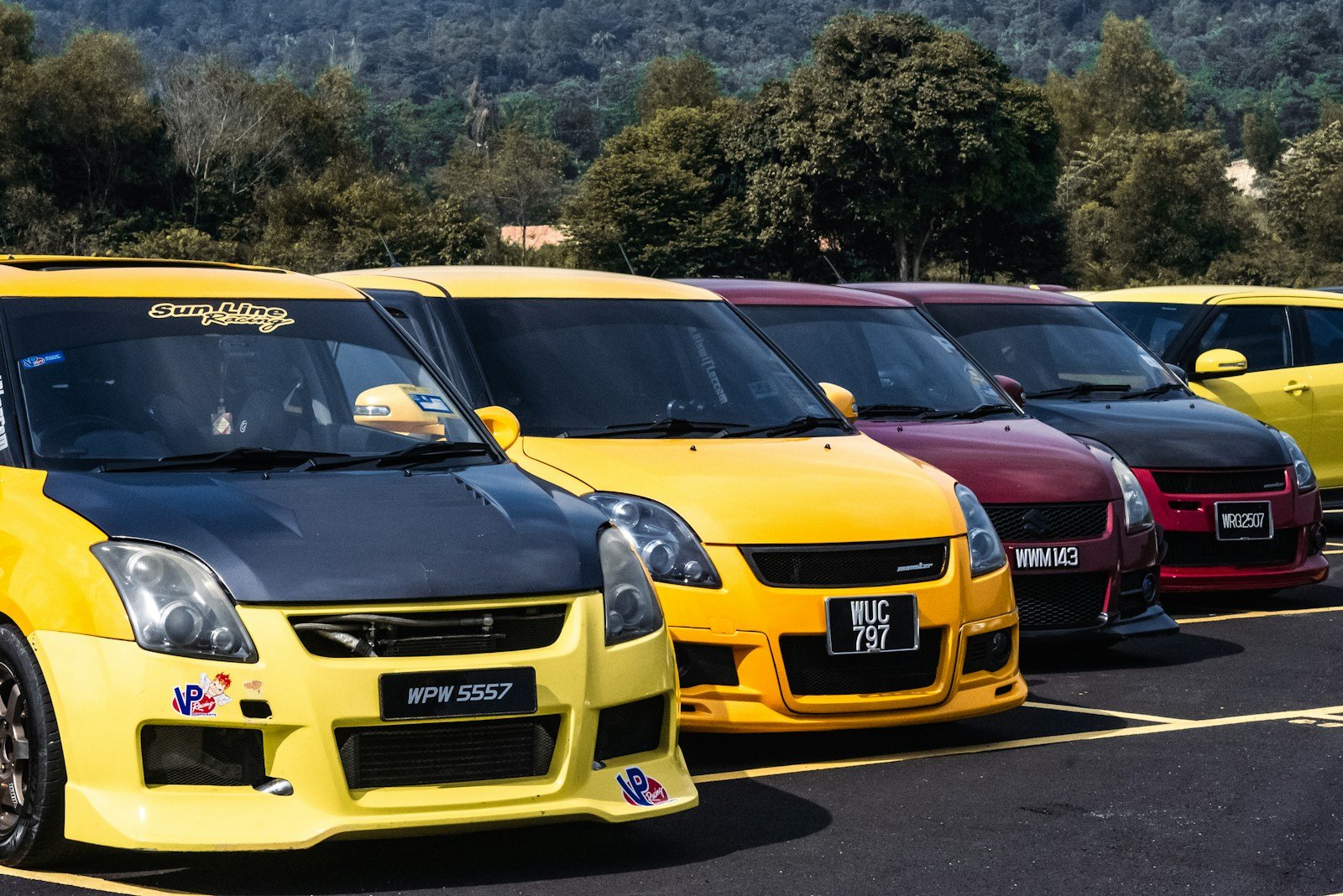Car flip means you buy an undervalued ride, patch faults, and move it fast for cash. This hustle explodes in 2025. Why? Used‑car prices soar 42 percent from early 2020 to early 2025, so a fair offer last week looks cheap today. In this guide you learn where to hunt deals, how to judge value, and how to dodge traps. Ready to spot your first gem?
Why Flip Cars?
A car flip can serve as a side gig or a full career. Average profit falls between $500 and $2,000 per vehicle. National data shows a healthy rush of demand; most used cars leave the lot in 17 days.
Where to Find Undervalued Cars

A. Online Marketplaces
Apps make car hunts painless. Facebook Marketplace often hides rushed ads from owners who need cash tonight. Scan photos, ask direct questions, and notice any odd price gap. Craigslist still draws DIY sellers who post brief blurbs and neglect true value. Drill down with sharp keywords, needs work, won’t start, project car, minor damage. Autotrader, Cars.com, and eBay Motors cast a wider net and let you sort by mileage, title grade, and seller type. Why let a hot lead slip past your screen?
B. Public and Dealer Auctions
Public auctions unload repos, tax seizures, and fleet surplus at wholesale rates. Bring a flashlight, run the VIN, and set a hard max bid. Dealer‑only lanes cut prices further but require a license, so many hustlers team up with a broker to gain entry. Could a three‑hour bid frenzy beat months of ad search?
C. Local Classifieds & Newspapers
Older owners still trust the local paper more than any app. Their short print ads often miss photos and full specs, so rivals overlook them. Flip open the weekend section or the digital e‑edition and spot low‑tech gems. A polite phone call beats an ice‑cold email every time.
D. Word of Mouth
A tight network makes the hunt effortless. Chat with mechanics; they know cars that need a new home. Swap tips at body shops, parts counters, and track‑day meets. Join social groups for your town, someone always posts, “Need this car gone today.” Will you arrive first with cash in hand?
How to Identify Undervalued Cars

A. Use Smart Search Terms
Search smart, not wide. Look for phrases like “needs work,” “won’t start,” “project car,” or “minor damage.” These words signal issues that often cost little to fix but scare off casual buyers. Sellers use them when they want a quick sale, not top dollar. See a car marked “project”? That’s your signal to ask questions and make a fair cash offer.
B. Research Market Value
Don’t guess, know the numbers. Use tools like Kelley Blue Book and Edmunds to find the true private-party value. Check the exact trim, mileage, and condition. Then scan local listings to compare price points. If a car sits $1,000 under the norm, you’ve likely found a deal. Why leave that money on the table?
C. Spot Motivated Sellers
Desperate sellers price low and move fast. Watch for clues: they mention relocation, divorce, job loss, or a baby on the way. These folks need cash or space, not a high return. Stay respectful, ask straight questions, and offer something firm but fair. Would you wait a week for $300 more, or grab quick cash today? Most sellers won’t.
D. Target In-Demand Models
Flip cars that move fast. Go after models like Toyota Corolla, Honda Civic, Ford Focus, or Chevy Malibu. These rides offer low repair costs and steady demand. In high-income areas, keep an eye out for older Lexus, BMW, or Audi models. Just make sure parts don’t cost more than the profit. If you can’t resell it fast, is it really a deal?
What to Check Before Buying

A. Visual Inspection
Walk around the car. Spot dents, scratches, faded paint, or torn seats. Small flaws like bumper scuffs or worn floor mats cost little to fix, but can add hundreds to resale. Rust around the wheel wells? That’s a red flag. Check the trunk, door sills, and under the hood for more clues.
B. Mechanical Condition
Every good flipper checks the drivetrain. Start the car cold. Listen for ticking, knocking, or rough idle. Shift the gears. Test the brakes. If something feels off, bring a mechanic or use a mobile inspection service. A $100 inspection can save you from a $1,500 mistake.
C. Vehicle History
Run the VIN through Carfax, AutoCheck, or your preferred tool. Check for salvage titles, past accidents, flood damage, or odometer rollbacks. If anything looks shady, walk away. A clean title builds trust and boosts resale. Would you buy a car with mystery miles? Neither will your buyer.
Understanding the Financials

A. Costs to Expect
It’s not just the sale price. Budget for repairs, parts, registration, sales tax, and insurance. Don’t forget listing costs, cleaning supplies, or transport fees. Holding a car costs money, especially if you need storage or temp tags. Every dollar counts, so track every expense.
B. Profit Expectations
Most flips bring in $500 to $2,000. Some hit $3K, but don’t bet on that early on. A typical example? You grab a 2017 Corolla for $12,500, fix a few things for $1,000, and sell it for $15,500. That’s a clean $2,000 profit in two weeks. Not bad for one smart move, right?
C. Risks to Watch
Some flips flop. A hidden head gasket issue can wipe out all your profit. Market dips also hit demand hard, especially during gas spikes or interest hikes. And don’t forget the law, most states cap sales without a dealer license. Blow past that limit, and you could face fines or worse. Know your local laws before your second flip.
Tips for Flipping Success

Start small and smart. Set a tight budget, $1,500 to $5,000 works well for first flips. Don’t pour your savings into one car. Spread the risk and focus on learning the market.
Study every deal before you buy. Check price trends, compare trim levels, and dig into service records. Look for clean titles and avoid red flags. If a deal feels rushed or off, why trust it?
Move fast when you find a winner. Great flips vanish in hours, not days. Keep cash ready. Have a checklist in hand. Know what questions to ask. Sellers respect serious buyers, and serious buyers win more deals.
Build a trusted crew. Find a local mechanic who gives honest inspections. Build ties with body shops that handle touch-ups fast. Swap tips with other flippers. A strong network saves time and boosts profit on every deal.
Stay legal from day one. Know your state’s limit on private car sales. Most allow only 3 to 5 sales per year without a license. Break that limit, and you risk heavy fines. Play it straight, and you build a long-term business.
Conclusion
Car flipping rewards hustle, sharp eyes, and fast moves. You don’t need a dealer license or deep pockets to start, you just need the right know-how.
Remember:
- Find undervalued cars on Facebook, Craigslist, auctions, and through your network
- Use smart search terms and market tools to spot deals
- Inspect every car with care, check visuals, mechanics, and the VIN
- Watch your spending, and aim for clean flips with solid margins
- Follow local laws to stay out of trouble
FAQs:
- What is the best place to find cheap cars to flip?
Facebook Marketplace, Craigslist, public car auctions, and word-of-mouth leads are the top spots. Most flippers find their first deals on Facebook because sellers list fast and often underprice cars. - How do I know if a car is undervalued?
Check the price against tools like Kelley Blue Book and Edmunds. If the listing falls hundreds below the fair value and the car has no major issues, it’s likely undervalued. - What kind of cars flip the fastest?
Reliable models like the Toyota Corolla, Honda Civic, Ford Focus, and Chevy Malibu sell quickly. They’re cheap to fix, easy to list, and always in demand. - Can I flip cars without a dealer license?
Yes, but most states limit you to 3–5 sales per year without a license. Always check your state laws to stay legal. - How much money do I need to start flipping cars?
You can start with as little as $1,500 to $5,000. That covers buying the car, making repairs, and listing it for sale. - What are the biggest risks in car flipping?
Hidden engine problems, salvage titles, and market drops can eat your profit. One bad flip can wipe out gains, so inspect every car and always run a VIN check. - How long does it take to sell a flipped car?
On average, used cars sell in 17 days. Clean, reliable cars with fresh repairs and clear photos move even faster. - Do I need mechanical skills to flip cars?
No, but knowing the basics helps. Partner with a trustworthy mechanic for inspections and light repairs if you’re not confident under the hood. - What search terms help find deals online?
Use terms like “needs work,” “won’t start,” “project car,” or “minor damage” on platforms like Facebook and Craigslist. These usually mean the seller listed it below market value. - Is flipping luxury cars a good idea?
Only if you know the market well. Older BMWs, Audis, and Lexuses can bring profit, but repairs cost more, and parts may take longer to source.






